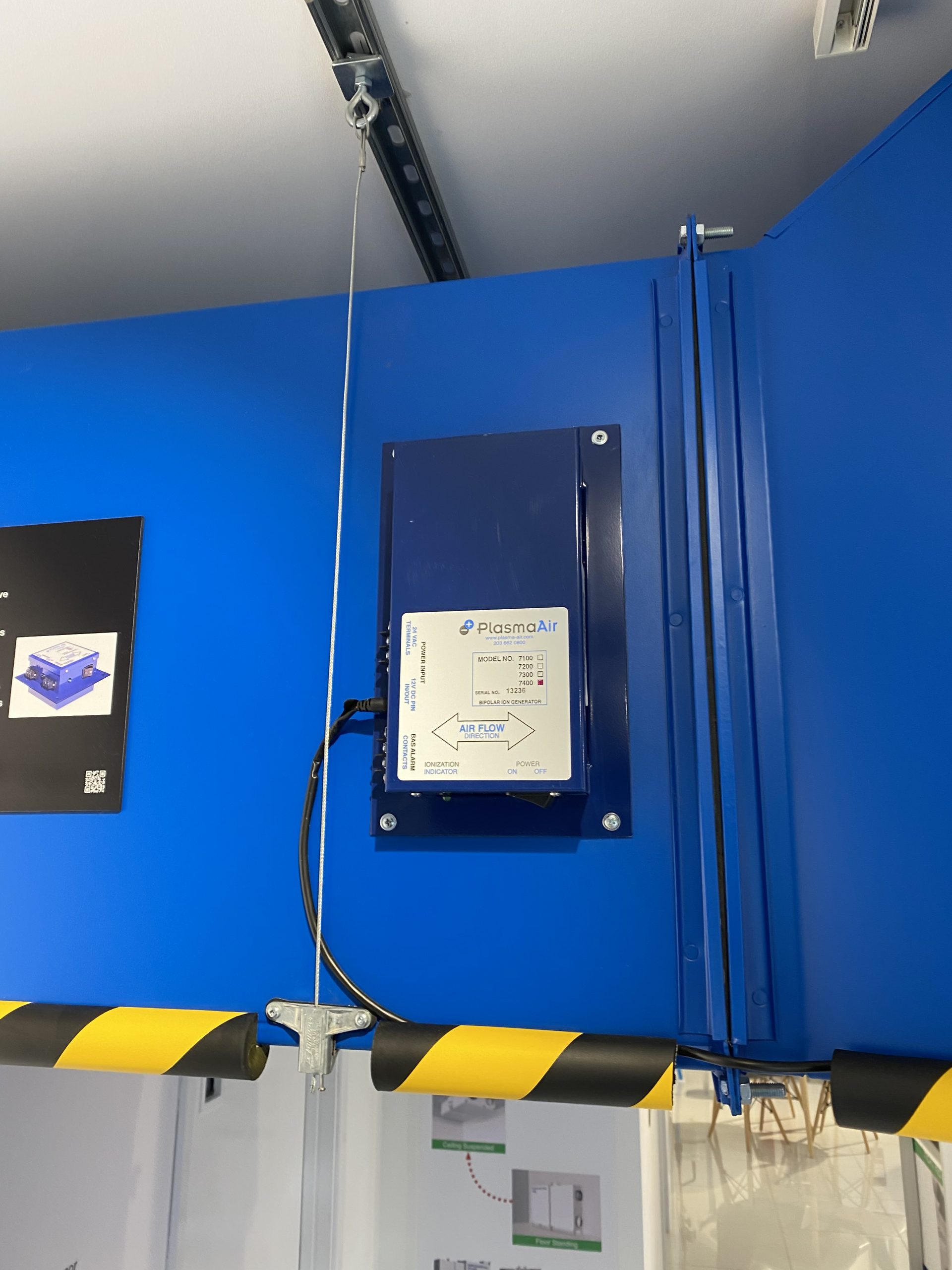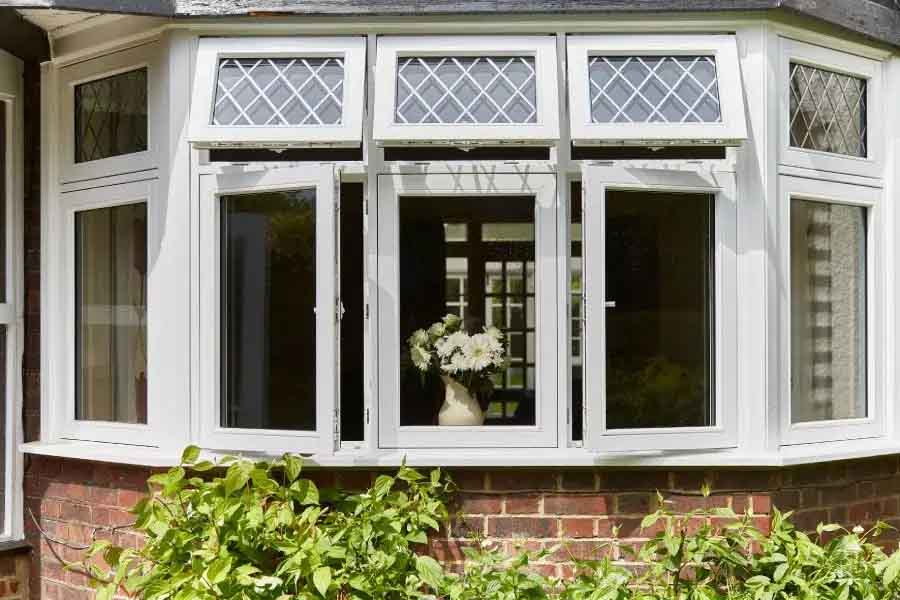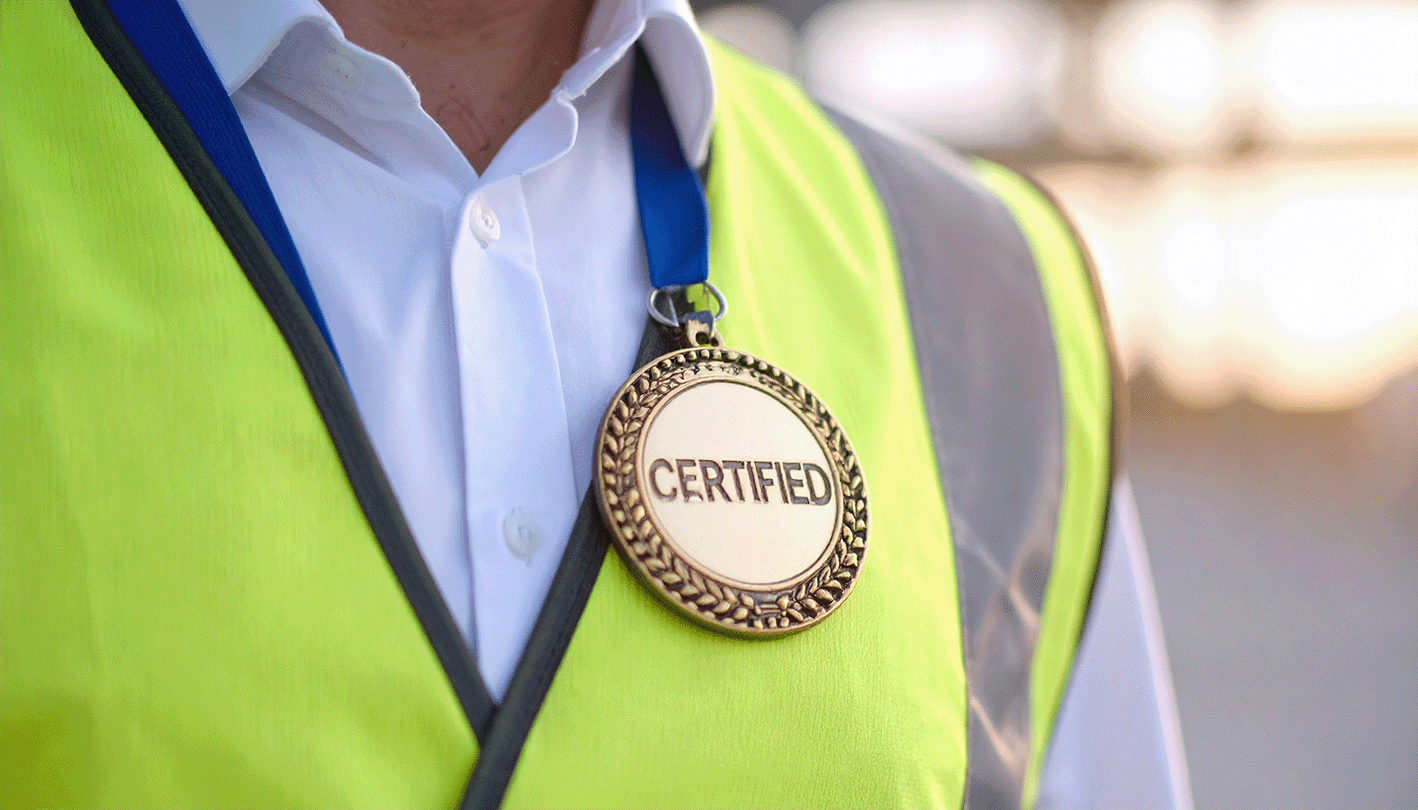Bi-polar ionisation: an energy efficient IAQ alternative in the Covid-19 era
Air cleaning performed with Plasma Bi-Polar ionisation could reduce an anticipated energy heavy need to ensure ventilation systems are running on full external air in light of Covid-19 says Adam Taylor, MD of Spire Building Services
Trying to save energy by demand controlling ventilation rates purely on CO2 concentration is not an appropriate solution for much of the built environment. CO2 is not dangerous until levels exceed around 30,000ppm, and yet it is regarded as the primary indoor air contaminant by many in the HVAC industry because it is not widely understood that CO2 is primarily a proxy for acceptable indoor air quality.
Providing good IAQ by ventilating buildings with large quantities of outdoor air results in significant energy being used. In addition, the quality of outdoor air is decreasing to the point where it can seldom be called “fresh”.
ASHRAE defines acceptable Indoor Air Quality as, “Air in which there are no known contaminants at harmful concentrations as determined by cognizant authorities and with which a substantial majority (80 per cent or more) of the people exposed do not express dissatisfaction”
During the 1979 oil crisis, ASHRAE developed the 62.1 standard. The standard defines two methods for determining the outdoor air rate required in order to provide acceptable indoor air quality.
Option one is the ventilation rate procedure (VRP). This calculates the amount of outdoor air required to dilute the contaminants to acceptable levels.
The second option is based around using air cleaning systems and is called the IAQ procedure. The IAQ procedure allows engineers to model the concentration of indoor pollutants once the air is cleaned by an air purification technology.
If the calculations show that the level of contaminants of concern are lower when using the IAQ procedure when compared with the VRP, then the lower outdoor air flow rates from the IAQ procedure may be used.
Selection of lower outdoor air flow rates at design stage reduces plant size and the reduction in heating, cooling and dehumidification will result in significant energy savings.
If air cleaning is utilised as an alternative to opting for full outdoor supply during peak temperature spikes, it may be possible to design a passively cooled building when using the IAQ procedure, compared to having to utilize mechanical cooling when using the VRP, heating requirements are also drastically reduced.
The Plasma Air approach
Plasma is the 4th state of matter, it is the most prevalent state in the universe. There are a variety of ways to employ it when looking to improve IAQ. For example, Novaerus pass contaminated air directly through a plasma field giving incredibly high destruction rates for pathogens, virtually nothing survives the process. As you can imagine, this is ideal for high risk areas like hospitals.
It is impractical to cover large spaces with any kind of standalone pass-through air cleaners as THE Clean Air Delivery Rate (CADR) from these types of system are too low to ensure a good air exchange. Integrating IAQ improvement systems into the HVAC system, is more appropriate for most types of building.
Bi-Polar plasma generating systems release a stream of positively and negatively charged ions into the building. Those ions then collide with room pollutants, including the ones being generated in the room. As the ions collide with particles in the air, they pass over their electrical charge, so you end up with all the particles being attracted to each other causing them to form larger clusters, those clusters then fall out of the breathing zone. The result is a reduction in particles normally missed by filters, (PM1 and PM2.5) as well as drops in TVOC concentration (due to oxidation), and a reduction in the aerial bioburden (mould spores, bacteria and viruses etc).
If you have high levels of VOC, and ultrafine particulates, this is a cost-effective way of dramatically improving the IAQ in whole buildings. This consideration is of heightened importance as buildings are now being prepared to once again house workers in line with new operational and space requirements of Covid-19.
The Covid-19 challenge
One of the most debated aspects of COVID-19 is whether the virus is airborne or not.
According to the WHO, whether a virus is defined as airborne is related to the size of particles typically emitted by an infected person that contain the virus and therefore how long that sized particle is able to be suspended in the air for. Low humidity has been identified as causing increased airborne transmission of Covid19, as large infection droplets (>5micron) quickly dry out in buildings to become infectious droplet nuclei (<5micron), these infectious droplet nuclei can cause airborne transmission of the virus.
Bipolar ionisation technology has been used for decades to remove ultrafine particles from the air. it is extremely popular in casinos where smoking is still allowed and therefore levels of particles below 5 micron are common. The efficacy of Bipolar ionisation does not significantly vary according to the type of particle that needs removing from the air. This makes it a perfect technology for reducing particulates in large spaces.
Exposure of FM workers to the virus when changing filters has been highlighted as a concern. In a post-SARS lab test on a carbon brush ioniser in 2004, it was demonstrated that given sufficient time and concentration, it was possible for ions to deactivate virus in air filters, and to increase the efficacy of those filters. In re-circulating HVAC systems, it may not be possible to upgrade the filters, so BPI may be an option to improve the efficiency of the existing grade of filters.
In May this year, testing carried out by Tayra and backed by the Spanish Ministry of Defence Biological Laboratory in Spain demonstrated the effectiveness of Plasma Air’s Bipolar Ionization technology for the reduction of MS2 Bacteriophage, a surrogate for Covid-19.
The Plasma Air Bipolar Ioniser unit was fitted to the fan coil unit supplying air to the test space. The bacteriophage MS2 was then nebulized into the test space. During the two distinct phases of the test, the supply air entering the test room was ionized using Plasma Air’s bipolar ionization system. In contrast, during the second phase, the supply air into the room was untreated. A reduction of approximately 2 log units of the Bacteriophage was obtained in the air that was ionized by the Plasma Air system. This corresponds to a 99 per cent reduction after only 10 minutes of exposure to ionization.
The tests also utilised manikins to simulate ICU patients. The manikins were equipped with specialised filters to measure the amount of Bacteriophage that was being breathed in with and without air ionisation. The levels of MS2 Bacteriophage and associated particle counts were measured using Electrical Low-Pressure Impactors, and swabs were taken from walls and surfaces for analysis. The level of airborne MS2 Bacteriophage was measured using the Spanish authorities calibrated equipment for detecting biothreats. Results from this test showed a reduction in the order of 0.70-0.85 log pfu/cm2 corresponding to nearly 80 per cent reduction in surface MS2 Bacteriophage after 10 minutes between the test with and without ionisation.
The results from the test suggest that instead of localised re-circulation systems increasing the airborne transmission of pathogens, they can be our allies if fitted with Bipolar ionisation technology.
A UK case study
A £350M turnover FM contractor based in Kent was looking to improve the quality of the air in their head office way before Covid-19 was around. ARM Environments were commissioned to carry out an HVAC & air quality survey of the building. The top three floors of the building are heated and cooled by fan coil units and on the ground floor by ceiling cassettes. Natural ventilation is provided via opening windows. Unfortunately, on the top 3 floors, the opening height of the windows at 950mm AFFL means that if they are used to provide ventilation, they immediately cause uncomfortable draughts. The air quality measurements showed peaks of CO2 of up to 2500ppm with high levels of VOC.
Poor indoor air quality has been highlighted as a risk factor for airborne covid19 transmission. Increasing ventilation rates to dilute viruses shed by occupants has been recommended by the likes of CIBSE, REHVA and ASHRAE. In some buildings this may be a simple strategy to implement and may work outside of peak heating and cooling periods.
This building is an example of where an alternative strategy is appropriate, particularly outside of mid-season. Bi-Polar ionisers are being fitted to all the fan coils in the building to reduce odours, VOCs and particulates, and to give protection against Covid19.






